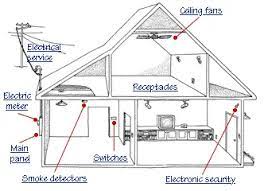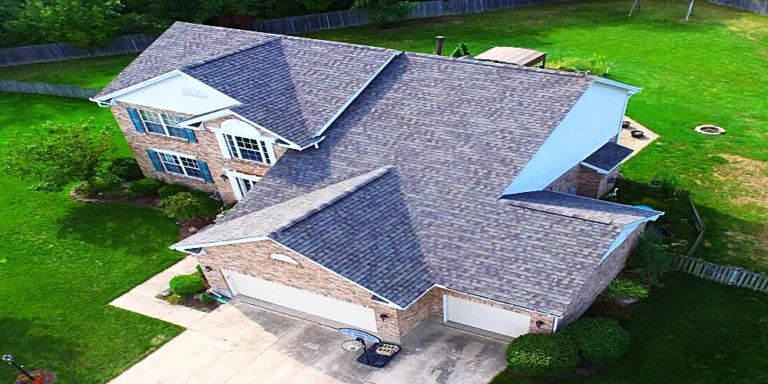The Role of Switches in Your Home’s Electrical System: An Overview
In our daily lives, switches are everywhere. They are basic yet essential devices that regulate the flow of electricity to our homes’ numerous appliances, lights, and outlets. Light switches, ceiling fan controls, and coffee makers are just a few examples of how switches significantly improve our lives by increasing convenience and efficiency. We’ll dive into the world of switches in this thorough overview, looking at their various types, uses, and vital role in the electrical system of your home.
Recognizing Switches
Fundamentally, a switch is an apparatus that regulates the flow of electricity by opening or closing an electrical circuit. A switch that is in the “on” position permits current to flow, which permits the connected appliance or device to function. In contrast, a switch that is turned “off” breaks the circuit, stopping the flow of electricity and turning off the attached device.
There are many different types of switches; each is made to fulfill a particular purpose and work with a particular electrical setup in your house. Some of the most popular kinds of switches are the ones listed below:
1. Toggle Switches: Toggle switches are the traditional, well-known switches that you usually find mounted on your walls. To control the circuit, they have an up-and-down-moving lever or toggle.
2. Rocker Switches: Having a flat, rectangular button that rocks back and forth to turn the circuit on or off, rocker switches resemble toggle switches.
3. Push Button Switches: These switches only need to be pressed once to turn on or off a circuit. Applications like doorbells and some lighting controls frequently use them.
4.Dimmer Switches: By rotating a knob or sliding a lever, dimmer switches let you change the brightness of compatible lighting fixtures. They are perfect for changing up the lighting ambiances in your house.
5. Rotary Switches: Rotating switches are equipped with a dial or knob that allows you to turn it to a variety of positions, each of which corresponds to a different function or circuit.
6. Timer Switches: These switches can be set to switch on or off a circuit at predetermined intervals of time. They are frequently utilized in energy-saving and outdoor lighting applications.
7. Motion Sensor Switches: These switches have motion sensors built into them, so when they sense movement within a space, the lights will automatically turn on. They are frequently employed for convenience and security.
How Switches Work in Your House
As crucial parts of the electrical system in your house, switches provide a number of purposes that improve energy efficiency, safety, and convenience. Below is an outline of their principal roles:
1. Lighting Control: The main purpose of switches in your home is to regulate the lighting. Switches give you the ability to create the ideal lighting environment, whether it’s for an illuminated hallway, a bedside lamp, or your living room.
2. Appliance Control: For ease of use, many home appliances, including coffee makers, microwaves, and ovens, are wired to switches. You can turn these appliances on and off with switches, which makes them easily accessible for regular use.
3. Fan Control: Switches are frequently used to regulate the operation of exhaust and ceiling fans. For comfort and ventilation, you can use this to change the fan’s speed or turn it on and off as needed.
4. Safety: In your home, switches act as safety devices. To lower the risk of electrical fires or injuries, circuit breakers or safety switches, for instance, can quickly cut off power to a circuit or outlet in the event of an electrical fault or overload.
5. Energy Efficiency: By letting you control lighting levels and program when lights go on and off, dimmer switches and timer switches help you save energy. Utility bills are lowered and energy consumption is decreased as a result.
6. Convenience: By automatically turning on lights or devices when needed, motion sensor switches and smart switches improve convenience. Particularly helpful places for them are closets, restrooms, and outdoor areas.
Configurations for Wiring and Switches
Effective electrical control in your home requires an understanding of the wiring configurations and switch connections. The following are some typical wiring configurations that you may come across:
1. Single-Pole Switch: The simplest kind of switch is the single-pole switch, which is used to operate a single light or appliance from a single location. It features two screw terminals: one for the device’s outgoing wire and one for the incoming power (hot) wire.
2. Double-Pole Switch: Double-pole switches are used for larger appliances, like water heaters and ovens, that need a 240-volt circuit. They are in charge of two hot wires and have four screw terminals.
3. Three-Way Switch: Three-way switches are utilized when you need to be able to control one light or appliance from two different places. They function with another three-way switch and have three screw terminals.
4. Four-Way Switch: To control a single light or appliance from three or more locations, two three-way switches are combined with four-way switches. Four screw terminals are present.
Safety and Upkeep of Switches
When working with switches and electrical components in your house, safety should always come first. The following are some maintenance guidelines and safety advice to remember:
1. Cut Off Power: To avoid electrical shocks or mishaps, cut off the power at the circuit breaker or fuse box before working on any electrical switches.
2. Employ Correct Wiring: Make sure you adhere to local electrical codes and regulations and use the appropriate wiring when installing or replacing switches.
3. Check Frequently: Check switches for indications of damage, wear, or overheating on a regular basis. Any damaged or broken switches should be replaced right away.
4. Prevent Overloading: Refrain from connecting an excessive number of lights or devices to a switch or circuit. This can lead to overheating and a risk of fire.
5. Upgrade as Needed: If the wiring or switches in your house are outdated, think about replacing them with safer, more energy-efficient models.
6. Explore Smart Switches: Smart switches offer added convenience and control with features like voice commands and smartphone apps. They can also enhance security by allowing you to remotely control lighting when you’re away from home. If you’re looking for switch installers who can help you with the installation of smart switches, reach out to professionals in your area. Your safety and the proper functioning of your electrical switches are of utmost importance.
In Summary
With the ability to control lighting, appliances, and other electrical devices, switches are crucial parts of your home’s electrical system. Comprehending the various switch types, their purposes, and their wiring arrangements enables you to efficiently oversee your home’s electrical requirements while guaranteeing security and energy economy. These gadgets are essential to the comfort and functionality of your home, whether you’re looking to replace worn-out switches, upgrade lighting control with dimmers, or simply increase convenience, find more here.







